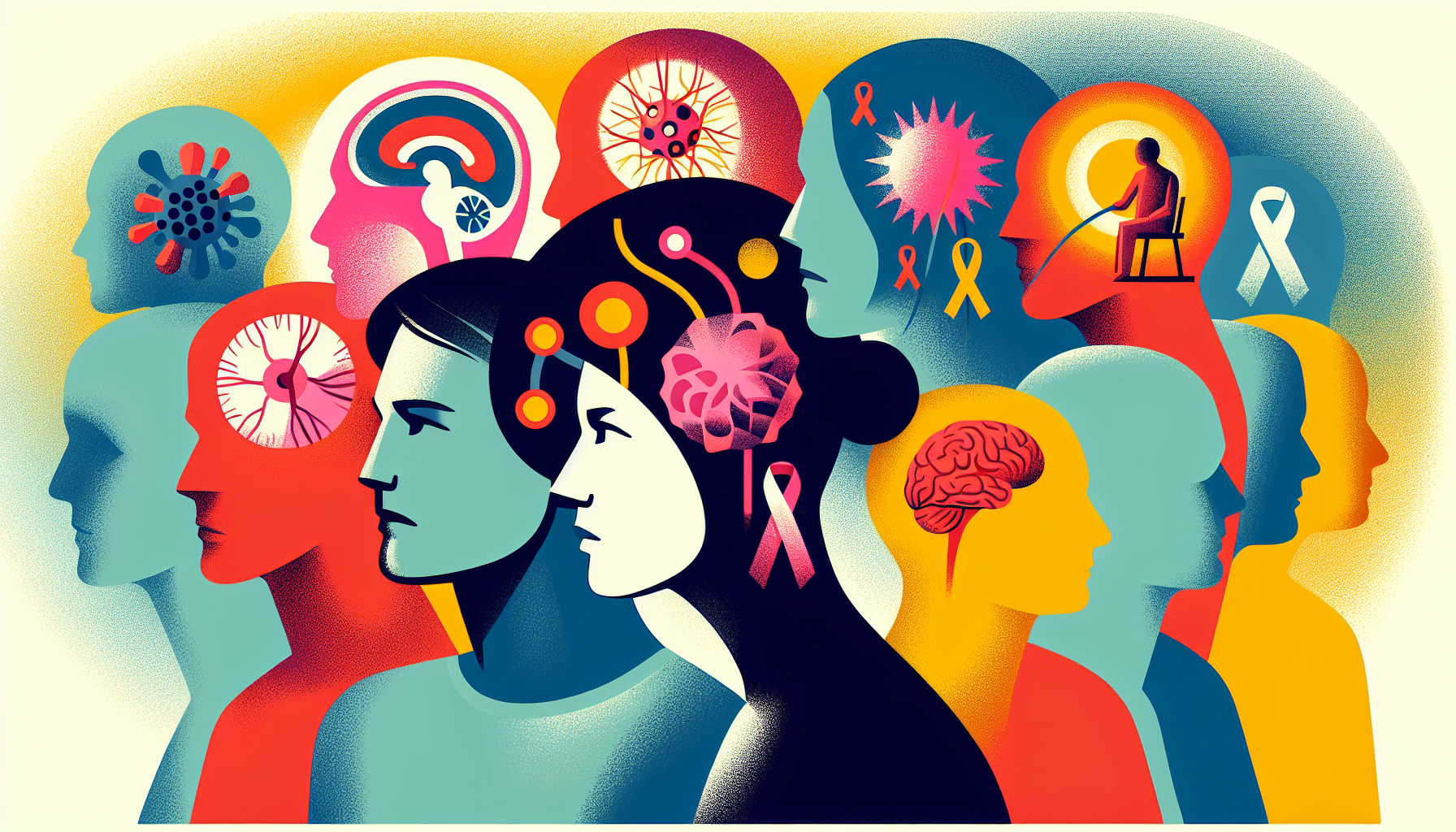Can an AI Doctor Prescribe Antifungal Medication?
Yes, AI doctors can help you get prescription antifungal medications. While the AI itself cannot legally prescribe, AI doctor platforms connect you with licensed physicians [...]
Read MoreA brain tumor is an abnormal growth of cells in the brain. Some brain tumors are benign (non-cancerous), while others are malignant (cancerous). Brain tumors can be primary, meaning they started in the brain, or secondary, meaning they originated elsewhere in the body and spread to the brain.
There are over 100 types of brain tumors, but the most common ones in adults are:
Gliomas: These tumors form in the glial cells that support the brain's nerve cells. They are often cancerous and are categorized based on the specific cells they target.
Meningiomas: These tumors develop in the meninges, the thin tissue layers covering the brain and spinal cord. They are usually non-cancerous but can cause issues by putting pressure on the brain.
Schwannomas: These tumors affect the protective covering of nerve cells and are typically non-cancerous. However, they can lead to hearing loss or balance problems.
Pituitary adenomas: These slow-growing, usually non-cancerous tumors form on the pituitary gland, which produces essential hormones.
Brain tumor symptoms vary depending on the type, size, and location of the tumor. Some common symptoms include:
Persistent headaches that may not respond to usual remedies
Seizures, especially in people with no history of seizures
Changes in speech, hearing, or vision
Balance and walking difficulties
Numbness or tingling in the arms or legs
Memory problems and personality changes
Difficulty concentrating and weakness in one part of the body
Morning vomiting without nausea
It's important to note that these symptoms can result from various conditions, so having one or more of them doesn't necessarily mean you have a brain tumor. Always consult your doctor for an accurate diagnosis.

To diagnose a brain tumor, your doctor will start by reviewing your symptoms, overall health, and family medical history. They will then perform a physical exam, including a neurological assessment. If a brain tumor is suspected, your doctor may order one or more of the following tests:
Imaging studies: CT scans or MRIs provide detailed images of the brain to help identify tumors.
Angiogram or MRA: These tests use dye and X-rays to visualize blood vessels in the brain and detect signs of tumors or abnormal blood vessels.
Biopsy: A tissue sample from the brain is removed and analyzed to determine if the tumor is cancerous. This can be done during surgery to remove the tumor or by inserting a needle through a small hole in the skull.
Treatment for brain tumors depends on several factors, including the tumor's location, size, type, and whether it has spread, as well as the patient's overall health. The primary treatment options are:
Surgery: If possible, the tumor is surgically removed. However, some tumors cannot be removed due to their location in the brain.
Chemotherapy and radiation therapy: These treatments may be used to kill and shrink tumors that cannot be surgically removed or to eliminate any remaining cancer cells after surgery.
Gamma knife therapy: This highly focused form of radiation therapy is used for tumors that are deep in the brain or in hard-to-reach areas.
After treatment, rehabilitation may be necessary to help patients regain strength, balance, and skills such as speaking, swallowing, and performing daily activities. This may involve working with physical therapists, speech therapists, and occupational therapists.
If you or a loved one has been diagnosed with a brain tumor, it's essential to discuss the potential long-term effects of treatment with your doctor. Don't hesitate to ask questions about your specific type of tumor, symptoms, treatment options, and available support resources. Remember, knowledge is power when it comes to managing your health and well-being.
For more information on brain tumors, visit:
Yes, AI doctors can help you get prescription antifungal medications. While the AI itself cannot legally prescribe, AI doctor platforms connect you with licensed physicians [...]
Read MoreUnderstanding Tirzepatide and Its Role in Diabetes ManagementTirzepatide is an innovative medication that has been gaining significant attention in the treatment of type 2 [...]
Read MoreUnderstanding Tirzepatide and Its EffectsTirzepatide is an innovative medication primarily used to manage type 2 diabetes and support weight loss. It works by mimicking the [...]
Read More